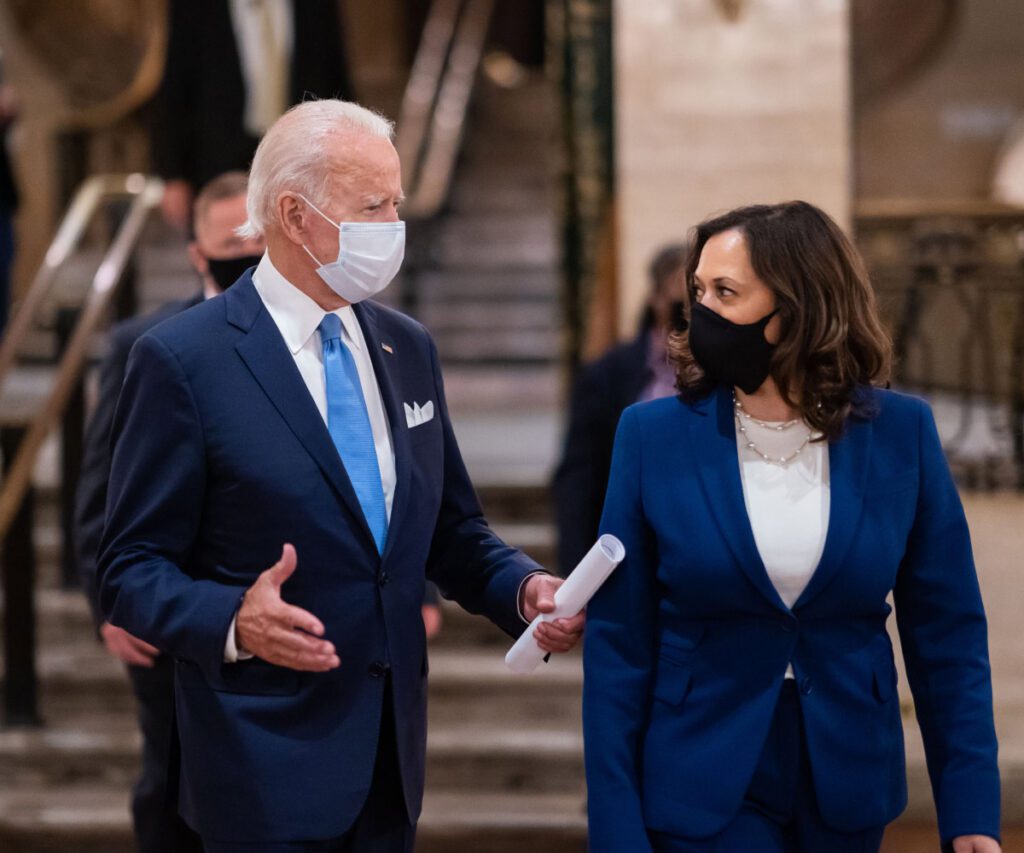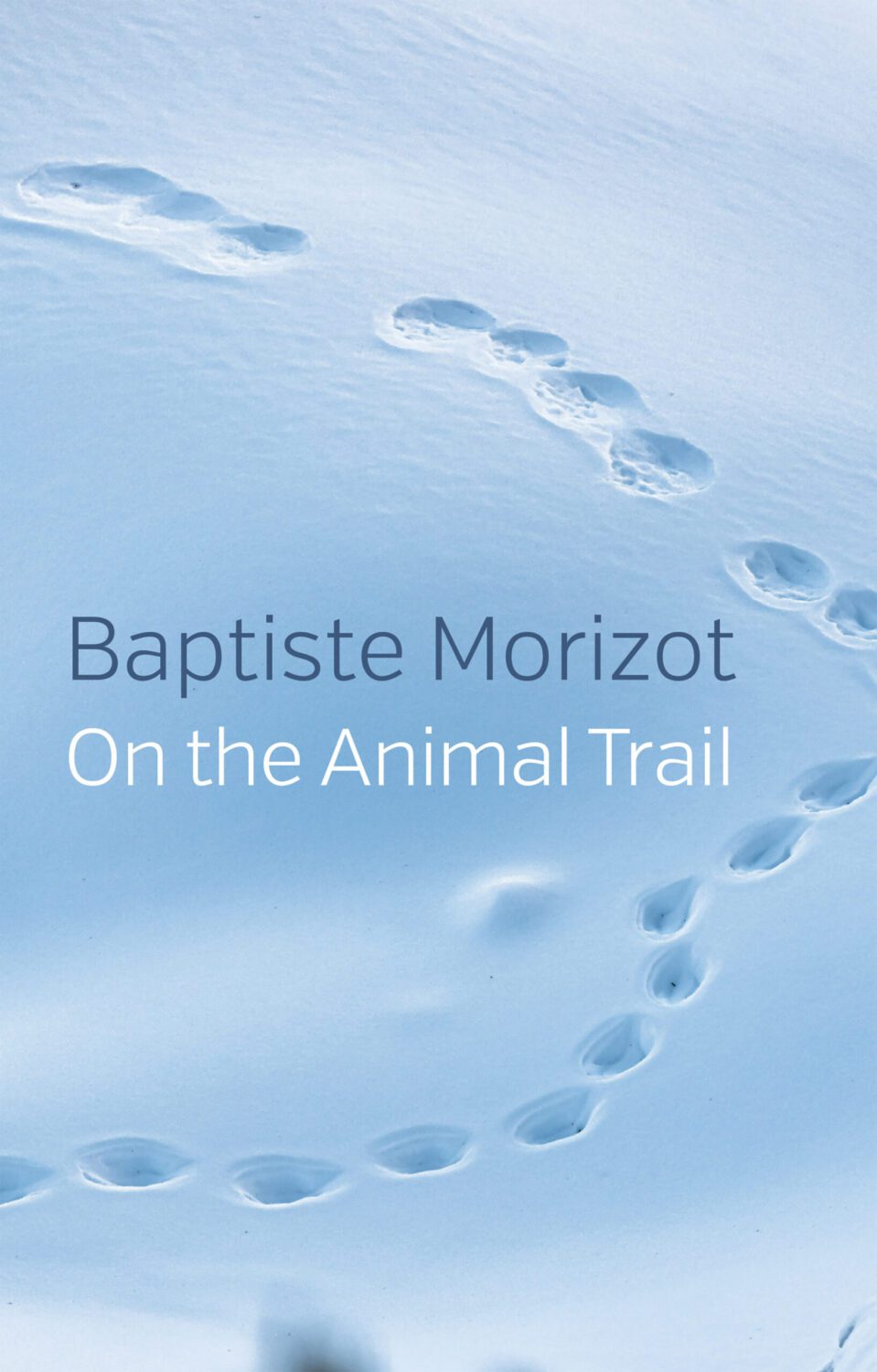
Finding our way back to nature starts with a single breath.
By Baptiste Morizot


5 min read
Editor’s Note: How do we wake up to the living world around us and respectfully share it with others? By following the trails of animals, says philosopher and environmentalist Baptise Morizot in On the Animal Trail (July 2021). Morizot wants us to develop a new relationship to the natural world: to become nature detectives and to follow the footprints of the many wonderful and extraordinary animals with which we share the earth—even wolves, bears, and snow leopards. It is through this kind of ‘philosophical tracking’ that we come to see the world from the animal’s point of view, and importantly, to learn to live in this world from the perspective of another species. Then can we begin to let go of our anthropocentric point of view, and recapture the kind of perspective that our ancestors had. Part philosophical treatise, part memoir, Morizot also recounts his own touching and, at times, heart-pounding encounters with the natural world in his own tracking expeditions across the globe.
The following excerpt is from On the Animal Trail, by Baptiste Morizot (Polity Books, 2021), and translated by Andrew Brown. This web adaptation was produced by Polity Books in partnership with Earth | Food | Life, a project of the Independent Media Institute.
Tomorrow we’ll get a breath of fresh air. What fascinates me about this formulation is how the constraints of language poetically suggest something quite different from what you mean—how the phrase almost makes you hear the element most opposite to, and most complementary to, air, namely the ‘earth’ which the ear can almost hear hidden in the word ‘breath.’
To ‘get a breath of fresh air’ is also to be back on earth, earthly, or ‘terrestrial’ as Bruno Latour puts it. The fresh air that we breathe and that surrounds us, by the ancient miracle of photosynthesis, is the product of the breathing forces of the meadows and forests that we walk through, and which are themselves the gift of the living soils that we tread upon: the breath of fresh air is the metabolic activity of the earth. The atmospheric environment is living in the literal sense: it is the effect of living things and the environment that living beings maintain for themselves, and for us.
To get a breath of fresh air: the earth is disguised in the word ‘breath,’ but still perceptible—and once you are aware of it, you can’t ignore it. And the magic formula then invokes another world where there is no longer any separation between the celestial and the terrestrial, because the open air is the breath of the green earth. There’s no more opposition between the ethereal and the material, no more sky above us to ascend to, for we are already in the sky, which is none other than the earth inasmuch as it is alive—that is, built by the metabolic activity of living things, creating conditions that make our life possible. Getting a breath of fresh air is not about being in nature and far from civilization, because there is nature everywhere (apart from in shopping centers…). Nor does it mean being outside, but rather being everywhere at home on the living territories that are the basis of our subsistence and where each living thing inhabits the woven web of other living things.

To get a breath of fresh air, however, is a bit demanding: urban life as such, disconnected from the circuits that convey biomass to us, disconnected from the elements and other forms of life, makes it very difficult to access fresh air. In the heart of cities, this means tracking migrating birds or practicing the geopolitics of permaculture vegetable gardens on a balcony. It means wondering where this tomato came from so that I can smell the sun and the portion of earth from which it was born, and see that earth with my own eyes. It means activating mutualist alliances with the worms of the worm composter to which we donate the leftovers from our kitchen and the shreds of our hair, so as to see and circulate solar energy in dynamic ecological processes rather than hiding them in lifeless rubbish bins. It’s more difficult, but even in the city you can get a breath of fresh air. With a little eco-sensitive vigilance, the living land reminds us of itself. It’s fascinating to feel how much we are connected to spring, how much it rises up in us, reaching into the very heart of the big cities, something we can see from a thousand little invigorating signs.
Being in the fresh air means simultaneously being enlarged by the living space around us when we take up room within it, and with our feet in the soil, lying on it as on a fantastic animal which bears us, a gigantic animal come back to life, rich in signs, in subtle relationships, a donor environment whose generosity is finally recognized, far removed from the myths that tell us we need to tyrannize the earth if it is to nourish us.
Being in the fresh air means being in the living atmosphere produced by the respiration of plants, since what they reject is what makes us. It means recognizing that the breath of fresh air and the earth are one and the same fabric, immersive, alive, made by living things in which we are caught up, mutually vulnerable—and thus forced into more diplomatic relations.
Being in the fresh air is, at one and the same time, an invigorating opening and a way of finding our way back to the earth.
###
Baptiste Morizot is a philosopher and lecturer at Aix-Marseille University in Marseille, France. He is the author of On the Animal Trail.
Take action…

“There isn’t a moment to lose in the global extinction crisis. A species vanishes from the world every hour, and more than a million could be lost in the coming decades,” warns the Center for Biological Diversity, a nonprofit conservation organization headquartered in Tucson, Arizona.
“It’s time for President Biden to declare the wildlife extinction crisis a national emergency. The declaration, under the National Emergencies Act, isn’t just symbolic. It will unlock key presidential powers to stem the loss of animals and plants in the United States and beyond.”
Urge President Biden to declare the wildlife extinction crisis a national emergency.
Letter to the editor…

Replying to “New UN Climate Report Is ‘Code Red for Humanity,’ but Joining Forces and Using Indigenous Knowledge Could Avert Disaster,” by EFL editor Reynard Loki:
“Good luck. Seems like pissing into the wind.” —Paul Whittaker, Ontario, Canada
Cause for concern…

“The provisions [in President Biden’s infrastructure bill]… underscore a misplaced focus on limiting the environmental review and public input process, which threatens to undermine the principles of racial and climate equity that should guide an infrastructure package,” wrote a dozen conservation groups in a letter to House Speaker Nancy Pelosi (D-Calif.) and Senate Majority Leader Charles Schumer (D-N.Y.). The groups, report Dino Grandoni and Darryl Fears for the Washington Post, argue that the provisions would weaken the National Environmental Policy Act, a landmark environmental law.
- Biden infrastructure bill may bulldoze environmental justice (Dino Grandoni and Darryl Fears, Washington Post)
- Climate change is altering Earth’s rivers (Eleanor Imster, EarthSky)
- Despite billions spent to protect New Jersey’s disappearing beachfront, the ocean is winning (Andrew S. Lewis, New York Times Magazine)
- Wisconsin natural resources board sets quota of 300 wolves for fall hunt (Danielle Kaeding, Wisconsin Public Radio)
- Sicily soars to 120 degrees, nears Europe’s all-time heat record (Kasha Patel and Jason Samenow, Washington Post)
Round of applause…

“Two American manufacturers unveiled a new recipe on Thursday for PFAS and plastics-free packaging for everything from burgers to salads, in a bid to make takeout food more sustainable and safer for consumers,” reports Elizabeth Gribkoff for Environmental Health News. “While the companies—Zume and Solenis—are not the first to design a grease-resistant, PFAS-free food container, this is the first time that manufacturers have open-sourced such packaging technology.”
- Manufacturers make PFAS-free food packaging recipe available to all (Elizabeth Gribkoff, Environmental Health News)
- FCC ordered to explain cell phone radiation guidelines (Maya Earls, Bloomberg Environment)
- Poll: Percentage of Brits following a vegan diet skyrocketed by 40 percent in 2020 (Maria Chiorando, Plant Based News)
- Burger King is working on a ‘Meat-free Monday’ campaign (Abigail Jane, One Green Planet)
- Peace of mind: Best vegan pillows 2021 (Corey Majeau, The Sleep Judge)
ICYMI…

“In order to meet the goals of the Paris agreement, global greenhouse gas emissions must be halved by 2030 and reach net-zero by 2050. But current national commitments are insufficient, say scientists… To make matters worse, the ongoing expansion of the EU meat and dairy industries threatens to upend the bloc’s climate goals. Between 2007 and 2018, the EU’s meat and dairy production saw a 9.5 percent increase, which, according to Greenpeace, resulted in a 6 percent increase in annual emissions—the same impact as putting 8.4 million new cars on the road.”
—EFL editor Reynard Loki, “Meat and Dairy Industries Threaten to Derail Europe’s Commitment to the Paris Climate Agreement,” All-Creatures, February 16, 2021
Parting thought…

“The ideal of calm exists in a sitting cat.” —Jules Renard
Reynard Loki is a writing fellow at the Independent Media Institute, where he serves as the editor and chief correspondent for Earth | Food | Life. He previously served as the environment, food and animal rights editor at AlterNet and as a reporter for Justmeans/3BL Media covering sustainability and corporate social responsibility. He was named one of FilterBuy’s Top 50 Health & Environmental Journalists to Follow in 2016. His work has been published by Yes! Magazine, Salon, Truthout, BillMoyers.com, Counterpunch, EcoWatch and Truthdig, among others.
Earth | Food | Life (EFL) explores the critical and often interconnected issues facing the climate/environment, food/agriculture and nature/animal rights, and champions action; specifically, how responsible citizens, voters and consumers can help put society on an ethical path of sustainability that respects the rights of all species who call this planet home. EFL emphasizes the idea that everything is connected, so every decision matters.
Click here to support the work of EFL and the Independent Media Institute.
Questions, comments, suggestions, submissions? Contact EFL editor Reynard Loki at [email protected]. Follow EFL on Twitter @EarthFoodLife.
